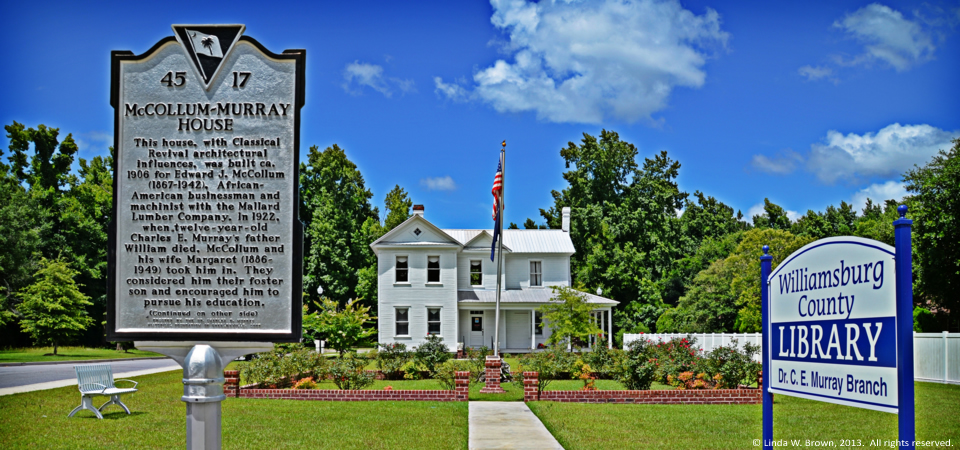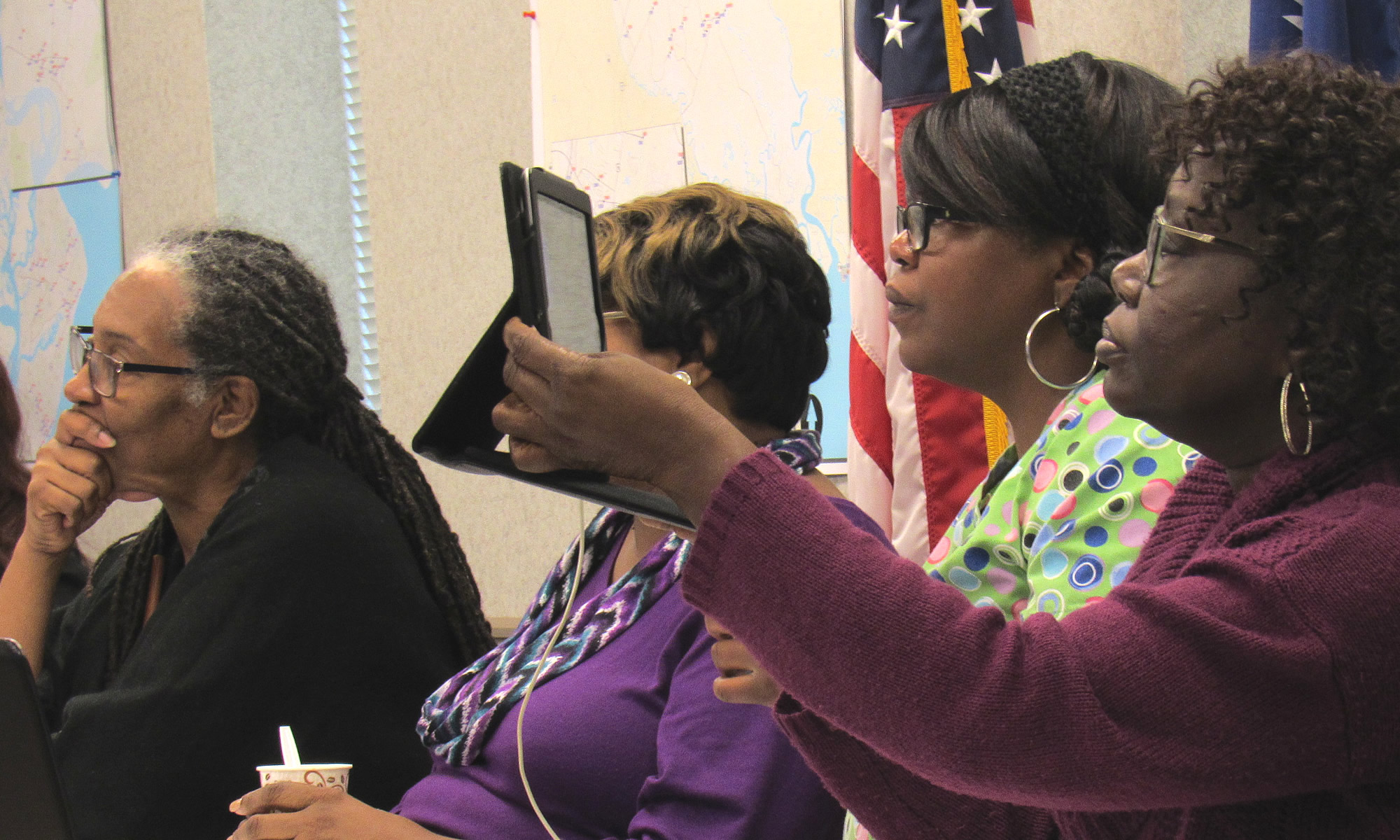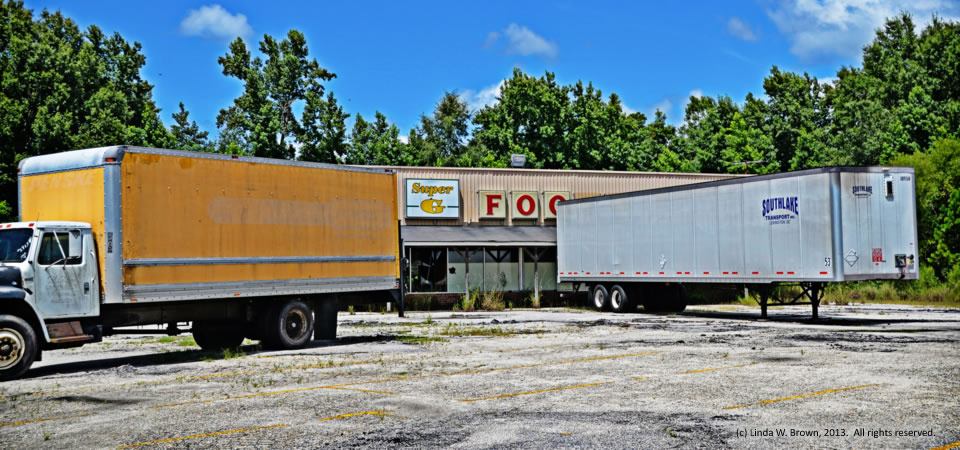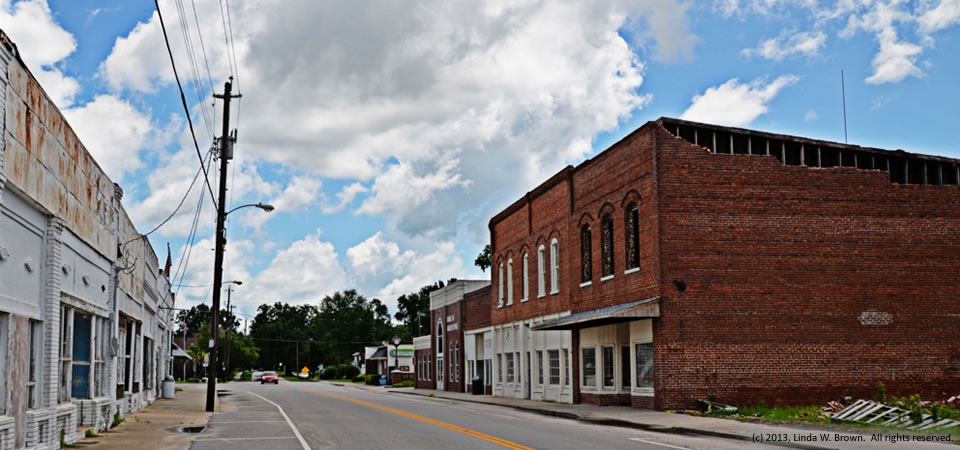
The McCollum-Murray House in Greeleyville, S.C., has been restored and is now used as a branch of the Williamsburg County Library, writes retired editor Linda W. Brown of Kingstree. The building, once the home of Dr. C.E. Murray, is on the National Register.
“This is an innovative use of resources for a small town,” writes Brown.
The house was built at the turn of the 20th century for a successful African-American couple. To learn more about the building, its renovation and transformation into a public library, click here for an interesting Power Point presentation.
Greeleyville, pictured here, is a town of 438 people that once thrived in southwestern Williamsburg County. Just under 34,000 people now live in the county, which is about the number who lived there in 1900, according to Census figures. Population peaked in 1950 at 43,807, but has dropped slowly since then.
About two-thirds of county residents are black, with almost all of those remaining being white. Only 2 percent of those in the county are of Hispanic descent. Some 32.8 percent of residents live in poverty, according to the Census. Of the county’s 1,921 firms, 36.5 percent are black-owned — a percentage that is three times South Carolina’s average.
Photo taken July 14, 2013, by Linda W. Brown. All rights reserved.



